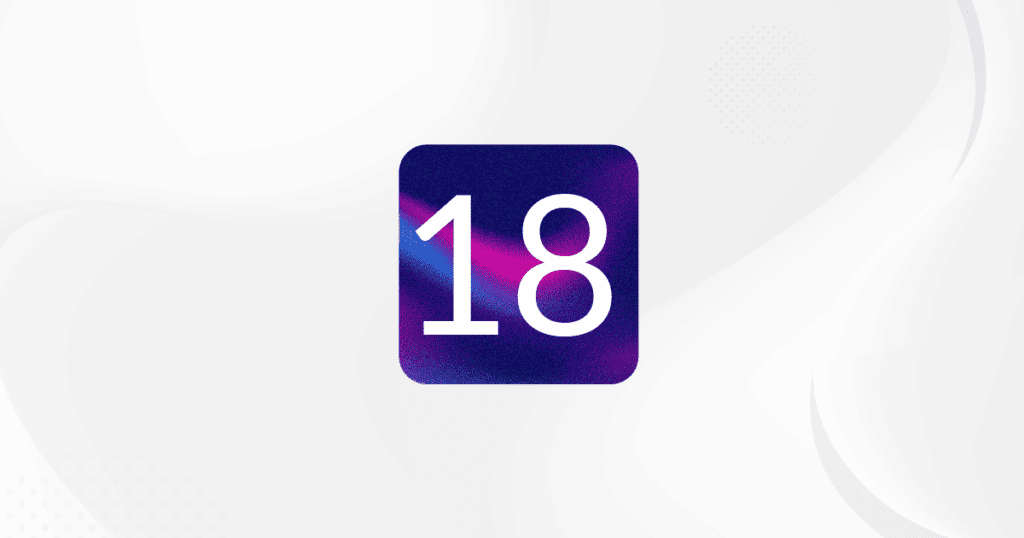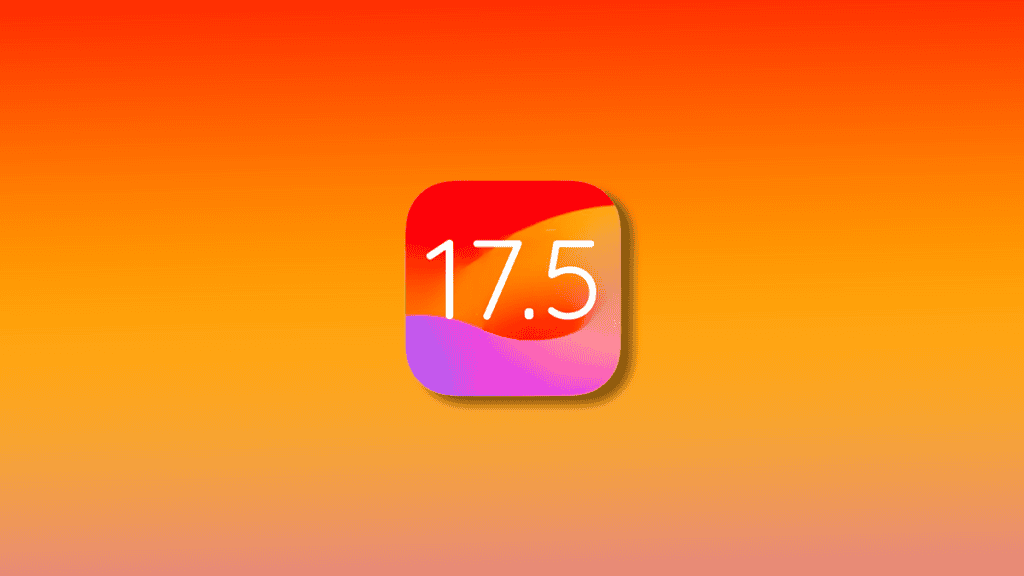With WWDC 2025 just around the corner, anticipation for iOS 19 is building fast. If you’re already running an iPhone 11 or newer, you’re likely in the clear—but for others, this update might come with a difficult choice: upgrade your phone or miss out on the next generation of iOS.
Here’s a closer look at which iPhones are expected to support iOS 19, what features you’ll get access to, and what users with older models should prepare for.
iOS 19 Release Date and Overview
Apple is set to unveil iOS 19 at its annual Worldwide Developers Conference (WWDC) on June 9, 2025. This release isn’t just a refresh—it’s expected to introduce one of the most visually and functionally ambitious updates in years.
Alongside a new glass-like interface, Apple is leaning heavily into AI-driven enhancements and system-wide refinements. If past patterns hold, the developer beta will roll out shortly after the keynote, followed by a public beta later in the summer.
The final release? Most likely around September 16, 2025, to coincide with the launch of the next iPhone.
Compatible iPhones for iOS 19
Here’s the good news: if you’re using any of the following models, you’re almost certainly covered:
- iPhone 11
- iPhone 12
- iPhone 13
- iPhone 14
- iPhone 15
In addition, both the second and third-generation iPhone SE are expected to be supported.
However, some older models—namely the iPhone XR, XS, and XS Max—are rumored to be reaching the end of their iOS support cycle.
Key Features of iOS 19
While we won’t get the full picture until WWDC, reliable sources suggest iOS 19 will introduce:
- A major visual overhaul: Think sleek, translucent design elements and a more dynamic home screen—akin to the macOS “glass” aesthetic.
- A redesigned Camera app: Expect better media organization and a more intuitive layout.
- Smarter Siri: Powered by large-language models, Siri will be more context-aware and conversational.
- Apple Intelligence integrations: Features like live translation on AirPods and AI-powered health insights are set to debut, with some possibly exclusive to newer iPhones.
This update isn’t just a facelift—it’s Apple’s clearest step yet toward deeply integrated, on-device intelligence.
What’s New in iOS 19
Beyond the core features, Apple appears to be refining the iOS experience in several thoughtful ways:
- Rounder icons and modern UI animations for a more fluid, engaging interface.
- Deeper cross-device sync with iPadOS and macOS for unified workflows.
- Enhanced notifications and focus modes tailored by AI predictions.
- Camera and media improvements aimed at making content easier to access and share.
All signs point to a more personalized, more visually polished iOS that feels like a true next-gen leap.
Rumored Devices Dropping Support
While nothing is official until Apple confirms it, multiple reports suggest these devices could be left out:
| Device | Release Date | Chip |
|---|---|---|
| iPhone XR | September 2018 | A12 Bionic |
| iPhone XS | September 2018 | A12 Bionic |
| iPhone XS Max | September 2018 | A12 Bionic |
The A12 Bionic is approaching its limit for handling Apple’s evolving software demands, especially with the upcoming AI features and design transitions.
If you’re still using one of these models, now may be the right time to start exploring upgrade options.
The Impact on Older iPhones
If iOS 19 drops support for the XR, XS, and XS Max, what does that mean?
- No access to new features like the redesigned interface, improved Siri, and Apple Intelligence tools.
- No major performance optimizations going forward.
- Security updates will likely continue for a while, but your experience will feel increasingly dated.
This would also mark a shift from Apple’s typical 6–7 year support window, signaling that the pace of innovation may be accelerating, especially around AI integration.
How to Prepare for the iOS 19 Update
Getting ready for iOS 19 now will save you a headache later. Here’s your checklist:
- Check Compatibility: Confirm your iPhone model and compare it to Apple’s confirmed list when it’s published in June.
- Back Up Your Data: Always. Use iCloud or a local backup before installing any major update.
- Free Up Storage: Clear out unused apps, large media files, or old messages.
- Install Latest Updates: Make sure your iPhone is already on the most recent version of iOS 18.
- Follow Trusted Sources: Stay up to date with developer notes, beta releases, and community feedback.
Final Thoughts
iOS 19 is shaping up to be one of Apple’s boldest software updates in years—packed with design changes and AI features that redefine how we use our devices. If you’re rocking an iPhone 11 or newer, you’re set to take full advantage of everything iOS 19 has to offer.
But if you’re still holding on to a 2018-era iPhone, this might be the signal to upgrade. Staying current isn’t just about features—it’s about staying secure, supported, and in sync with the future of Apple’s ecosystem.
We’ll be covering iOS 19 in-depth before, during, and after WWDC 2025. Stay tuned to MacReview.com for hands-on impressions, beta breakdowns, and upgrade advice.




